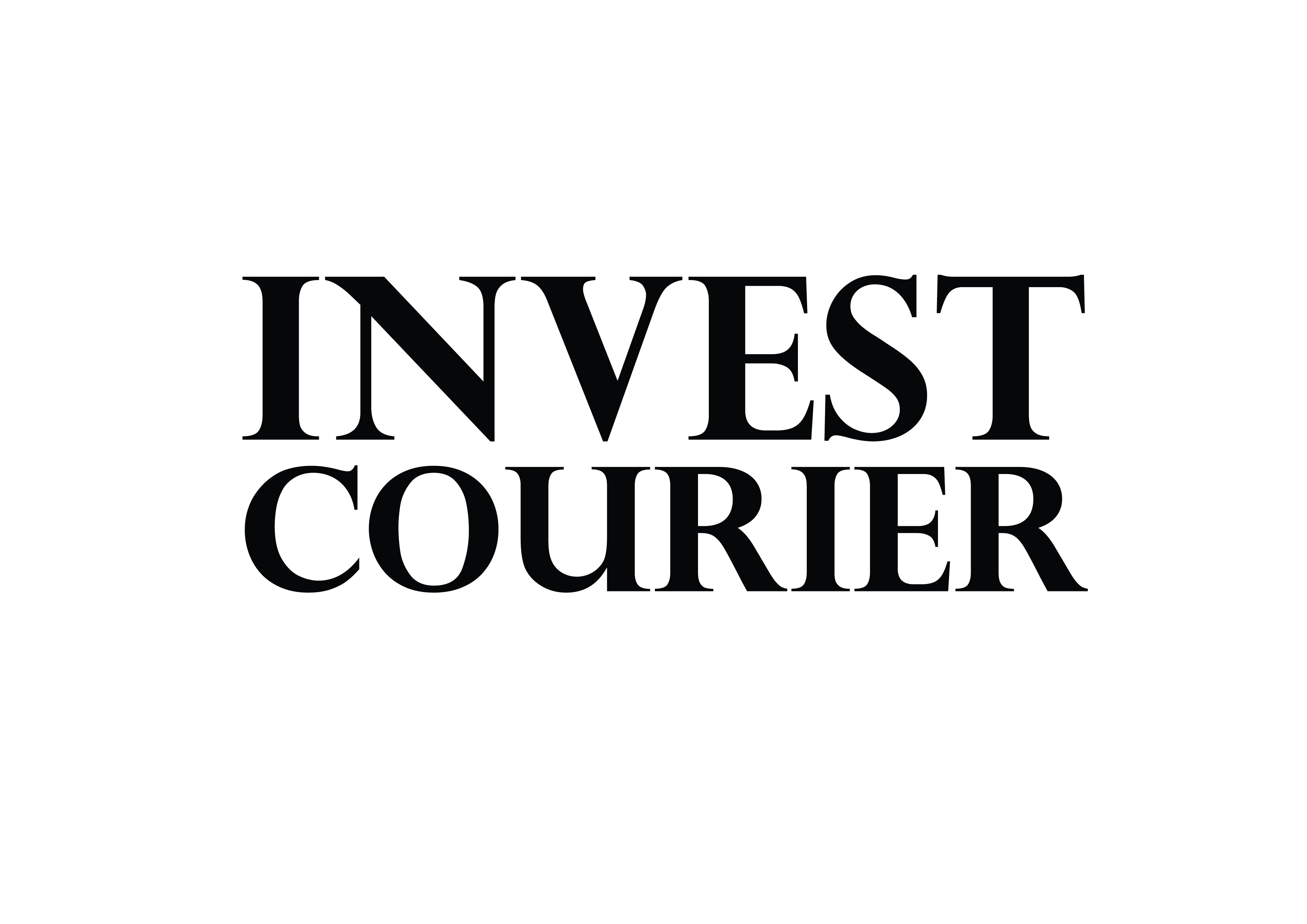Running your own business means freedom, but planning for the future can feel overwhelming. Unlike traditional employees, you don’t have access to employer-sponsored retirement plans. That’s where specialized solutions like Solo 401(k)s, SEP IRAs, and SIMPLE IRAs come in.
These retirement accounts help you save while cutting taxes. IRS data shows over 10 million Americans need tailored options. Recent updates, like the SECURE Act 2.0, add flexibility for catch-up contributions if you’re 60–63.
Tools like NerdWallet’s calculator can estimate your savings targets. Whether you prefer tax-deferred growth or Roth options, there’s a plan to match your income phase.
Key Takeaways
- Self-employed workers lack employer-sponsored plans but have unique alternatives.
- Solo 401(k), SEP IRA, and SIMPLE IRA offer tax advantages.
- IRS reports highlight growing demand for specialized solutions.
- SECURE Act 2.0 updates benefit those nearing retirement.
- Roth options provide flexibility for fluctuating incomes.
Why Retirement Planning Is Critical for the Self-Employed
Freelancers and solopreneurs need tailored strategies to build long-term wealth. Without employer-backed plans, your savings rely on smart choices—like SEP IRAs or Solo 401(k)s. These options offer higher contributions and tax breaks traditional employees can’t match.
No Employer Plan? Here’s Your Advantage
While W-2 workers max out at $23,500 yearly, a Solo 401(k) lets you contribute as both employer and employee. In 2025, that means up to $70,000—plus $7,500 in catch-up funds if you’re over 60.
| Plan Type | 2025 Contribution Limit | Key Benefit |
|---|---|---|
| Solo 401(k) | $70,000 (+$7,500 catch-up) | Dual employer/employee contributions |
| W-2 Employee 401(k) | $23,500 | Employer match optional |
Tax Advantages You Can’t Ignore
A $50,000 contribution could slash your current tax bill by $11,000–$18,000 (24%–37% brackets). For freelancers earning $150,000, a SEP IRA might save $14,160 yearly.
- Self-employment tax: Contributions reduce your taxable income, lowering IRS and Social Security bills.
- Roth IRAs: Pay taxes now for tax-free growth—ideal for low-income startup phases.
- Penalties: Early withdrawals trigger 10% IRS fees plus income taxes.
“A SEP IRA cuts my taxable income by 25%—it’s like giving myself a raise.”
The Best Retirement Accounts for Self-Employed Individuals
Saving for the future solo? These accounts turn independence into an advantage. Whether you’re a freelancer or run a small team, each option offers unique tax perks and contribution limits.
Solo 401(k): Double Your Savings Power
Act as both employer and employee with a solo 401(k). In 2025, contribute up to $23,500 as an employee plus 25% of profits as the employer—totaling $70,000. Over 60? Add $7,500 in catch-up funds.
- Real example: A graphic designer saves $58k/year by maxing out both roles.
- Warning: Spouses can participate, doubling your household limit.
SEP IRA: Flexibility for Variable Income
Perfect for unpredictable earnings. Contribute 25% of net profits (minus half your self-employment tax). Skip contributions in lean years—no penalties.
“My SEP IRA lets me adjust savings with my freelance income.”
SIMPLE IRA: Best for Small Teams
If you have employees, this plan requires a 3% employer match (up to $350k salary in 2025). Lower limits than a solo 401(k), but easier paperwork.
| Plan | 2025 Limit | Best For |
|---|---|---|
| Solo 401(k) | $70,000 | High earners, no staff |
| SEP IRA | 25% of profits | Variable income |
| SIMPLE IRA | $16,000 + 3% match | Businesses with staff |
Traditional & Roth IRAs: Simple Starters
Contribute $7,000 yearly ($8,000 if 50+). Traditional IRAs offer upfront tax deductions; Roth IRAs grow tax-free. Phase-outs start at $240k for married couples.
Solo 401(k): The Powerhouse for Solo Entrepreneurs
Building wealth solo? A solo 401(k) turns independence into financial power. This plan lets you contribute as both worker and business owner—doubling your savings capacity compared to standard options.
Cracking the Contribution Code
In 2025, stash away $23,500 as an employee plus 25% of your compensation as the employer. Total limit? $70,000. Age 60-63? Add $11,250 in catch-up funds.
Example for $150,000 income:
- $23,500 employee contribution
- $31,600 employer contribution (25% of $126,500 after adjustments)
- $55,100 total savings—with room to grow
Tax Tactics: Now or Later?
Choose traditional (tax-deductible now) or Roth (tax-free withdrawals later). Roth works best if you expect higher tax brackets in retirement.
“Switching 30% of my solo 401(k) to Roth saved me $12k in future taxes.”
Team Up With Your Spouse
If your partner works in the business, they can contribute too. One couple saved $140k/year by maximizing both plans.
| Participant | Employee Contribution | Employer Contribution |
|---|---|---|
| You | $23,500 | $31,600 |
| Spouse | $23,500 | $31,600 |
| Combined | $47,000 | $63,200 |
Remember: Spousal participation requires real work in the business. Paperwork includes Form 5500-EZ once assets hit $250k.
SEP IRA: Flexibility Meets High Contribution Limits
Maximize your savings with a SEP IRA—ideal for variable incomes and growing teams. Unlike rigid plans, it adapts to your earnings while offering employer-level contribution limits.

Eligibility and Employee Rules
Qualify if you’re 21+ with $750+ annual compensation and 3+ years of service. Hiring? You must contribute the same percentage for employees as yourself.
Calculating Your Contributions
Base contributions on net earnings minus half your self-employment tax. Example: $200k profit → $44,140 max contribution (20% of adjusted profit).
- 2025 cap: $350k compensation (max $87.5k employer contribution).
- Tax perk: Deduct contributions on Schedule C.
“My SEP IRA scales with my consulting business—no penalties for skipping lean years.”
| Plan | Best For | 2025 Limit |
|---|---|---|
| SEP IRA | Variable income | 25% of profits |
| Solo 401(k) | No employees | $70,000 |
Warning: Can’t combine SEP and SIMPLE IRAs in the same year. File Form 5305-SEP to establish your plan.
SIMPLE IRA: A Starter Plan for Small Teams
Growing a small team? A SIMPLE IRA balances savings with employer responsibilities. Designed for businesses with fewer than 100 employees, it’s easier to manage than a 401(k) but requires mandatory employer contributions.
Mandatory Employer Contributions: What to Expect
You must choose between two options:
- 3% matching contribution: Dollar-for-dollar match up to 3% of each employee’s salary. For a $50k salary, that’s $1,500/year.
- 2% non-elective contribution: Contribute 2% of compensation for all eligible staff, even if they don’t save.
“The 3% match incentivizes my team to save—it’s a win-win.”
Lower Limits, Easier Administration
2025 limits cap at $16,500 for contributions ($20,250 if 50+). While lower than a Solo 401(k), setup takes minutes with providers like ADP or Paychex.
| Feature | SIMPLE IRA | SEP IRA |
|---|---|---|
| Max Contribution (2025) | $16,500 + match | 25% of profits |
| Employer Obligation | 3% match or 2% non-elective | Flexible |
| Early Withdrawal Penalty | 25% (first 2 years) | 10% |
Warning: Switching from a SEP IRA requires a 2-year waiting period. Pair with a profit-sharing plan to boost savings further.
Traditional vs. Roth IRAs: Which Fits Your Tax Strategy?
Your tax bracket today versus tomorrow decides your IRA path. While both options help grow savings, their tax treatments differ sharply. A traditional IRA offers upfront deductions, while a Roth IRA promises tax-free withdrawals later.
Upfront Deductions or Tax-Free Growth?
With a traditional IRA, deduct contributions now and pay taxes at withdrawal. Example: A $7,000 contribution could save $1,680 (24% bracket). Roth IRAs flip this—pay taxes now, withdraw tax-free after 59½.
- Roth advantage: No required minimum distributions (RMDs) at 73.
- Traditional perk: Lower taxable income during peak earning years.
“I switched to Roth during a low-income year—now my $50k growth is tax-free.”
Navigating Income Limits Like a Pro
In 2025, Roth IRA eligibility phases out at $240k–$255k (married). High earners use a backdoor Roth: Contribute $7k to a non-deductible traditional IRA, then convert it tax-free.
| Strategy | Best For | Key Detail |
|---|---|---|
| Traditional IRA | High current tax bracket | Deduct $7k if income ≤ $123k (single) |
| Roth IRA | Low tax bracket now | No RMDs, tax-free growth |
Warning: State taxes vary. Texas won’t tax Roth conversions, but California might. Schwab’s algorithms often recommend Roths for those under 40.
How to Choose the Right Retirement Plan for Your Business
Picking the perfect savings strategy depends on your business stage and goals. Your income, team size, and long-term vision determine whether a SEP IRA, solo 401(k), or combo works best.
Match Your Plan to Income and Growth
Use this *flowchart* to narrow options:
- Under $50k/year: Start with a Roth or traditional IRA ($7k limit).
- $50k–$150k: A SEP IRA adapts to variable profits.
- Over $150k: Maximize a solo 401(k) for dual employer/employee contributions.
“Guardian Financial’s 10-question assessment helped me pick a SEP IRA—saved 4 hours of research.”
Mix Plans for Maximum Savings
Pair a solo 401(k) with a Roth IRA to stash $77k+ yearly (2025 limits). Example:
| Account | 2025 Limit | Tax Benefit |
|---|---|---|
| Solo 401(k) | $70,000 | Tax-deferred growth |
| Roth IRA | $7,000 | Tax-free withdrawals |
| Total | $77,000 | Flexibility now + later |
Warning: Defined benefit plans cost $2k+ to set up—best for stable, high-income businesses. Use Fidelity’s comparison tool to weigh fees.
For complex cases (like succession planning), Vanguard’s advisory services ensure portability between plans. Start today—your future self will thank you.
Conclusion
Securing your financial future starts with smart choices today. High earners thrive with a solo 401(k), while variable incomes benefit from SEP IRA flexibility.
Mark IRS deadlines: employee contributions by December 31, employer funds by April 15. Annual reviews with a CPA optimize your plan.
Streamline old accounts using Capitalize’s rollover service. For irregular income, automate savings as a percentage of earnings.
Take action now—your retirement deserves the same effort as your business.
FAQ
What’s the best retirement plan if I’m self-employed with no employees?
A Solo 401(k) is ideal for solo entrepreneurs. You contribute as both employer and employee, maximizing savings. Alternatively, a SEP IRA offers high contribution limits with flexibility.
Can I open a Roth IRA if I’m self-employed?
Yes! A Roth IRA is available to anyone with earned income, including freelancers. Your contributions grow tax-free, but income limits apply.
How much can I contribute to a SEP IRA?
You can contribute up to 25% of your net earnings or ,000 (2023 limit), whichever is less. This makes it great for high earners.
What’s the difference between a SIMPLE IRA and a Solo 401(k)?
A SIMPLE IRA is designed for small businesses with employees, requiring employer contributions. A Solo 401(k) is for solopreneurs, offering higher limits and Roth options.
Can my spouse participate in my Solo 401(k)?
Absolutely! If your spouse works in your business, they can contribute too. This lets you double your retirement savings.
Are there catch-up contributions for self-employed retirement plans?
Yes! If you’re 50+, you can add an extra ,500 to a Solo 401(k) or ,500 to a SIMPLE IRA in 2023.
How do I decide between a Traditional and Roth IRA?
Choose a Traditional IRA for upfront tax deductions. Pick a Roth IRA if you prefer tax-free withdrawals in retirement. Your current tax bracket matters.
Can I combine different retirement accounts?
Yes! Many self-employed individuals mix plans, like a Solo 401(k) for high contributions and a Roth IRA for tax-free growth.


